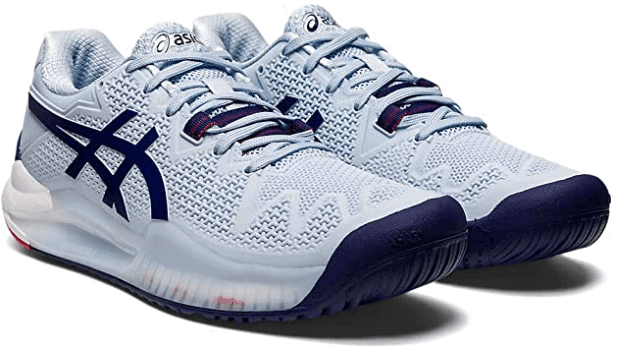Shin Splints Cycling
Read More >
James McCormack is a Physical Therapist who specializes in foot & ankle injuries. james-mccormack.com is a participant in the Amazon Services LLC Associates Program, an affiliate advertising program designed to provide a means for sites to earn advertising fees by advertising and linking to Amazon.com.
In our experience, it is detrimental to continue walking if you have Shin Splints. Walking is a low-impact activity; doing so with shin splints can potentially exacerbate your symptoms. Every step you take sends vibrations and forces up through your shin, aggravating shin splints and possibly delaying recovery.
Moreover, walking at higher speeds can increase vibration and torsion on the shin, particularly from muscles such as the Tibialis Anterior, thereby worsening shin splint symptoms.
However, if walking with shin splints is unavoidable, consider modifying your gait by taking shorter strides and wearing cushioned footwear to help absorb the impact.
Walking can cause Shin Splints; if you suddenly increase your walking volume, begin hill walking or fast-paced walking.
When you walk, your Shinbone has to absorb force from the ground, and if you suddenly increase the force by walking more, this can cause Shin Splints. If you have flat feet, your risk of developing Shin Splints may be higher as it places increased stress on the inner aspect of the shin, while poor footwear can also contribute to this.
Sudden increases in walking speed or hill walking require greater effort from the Tibialis Anterior, which can also overload the shin bone resulting in shin splints.

In our experience, we do not recommend running with Shin Splints, as this will worsen the symptoms and prolong your recovery.
We recommend seeing a Physical Therapist for treatment, or if that is not an option, try our recommended home treatment.
Ideally, you should be able to walk pain-free before contemplating returning to running with Shin Splints, as if you can’t walk pain-free, running is likely to increase your pain levels due to the higher stresses placed on your tibia.
In our experience, you can swim with Shin Splints; it is one of the best forms of cardiovascular exercise you can do with Shin Splints.
There is no impact on the shin when swimming, so it will not cause Shin Splints and will not aggravate your symptoms if you have Shin Splints.

You can do the following leg exercises with Shin Splints:
In our experience, yes, you can do squats with Shin Splints. There is no impact involved with a squat exercise; therefore, it is unlikely to irritate your shin pain.
If you are experiencing some levels of shin pain with a squat exercise, it can be worth placing a raise under your heels. Suppose this doesn’t ease your discomfort when squatting. In that case, we recommend a consultation with a healthcare professional, such as a Physical Therapist, as it may be a different condition causing your pain.
Yes, you can continue to lift weights with Shin Splints. Any weightlifting exercises without impact are okay to do with Shin Splints. We recommend avoiding exercises such as a farmer’s walk as walking can irritate your Shin Splints.

You can do the following cardio exercises with Shin Splints
If you have pain in your shinbone while playing basketball, it is not recommended to continue. The high-impact nature of Basketball is a primary cause of Shin Splints and can worsen the symptoms of Shin Splints.
If you have very mild symptoms of Shin Splints, we recommend icing your shins during and after the game.
We recommend the Asics Gel Resolution as the best Tennis shoe due to its state-of-the-art gel technology in both the heel and forefoot, which absorbs impact in all directions to reduce the force applied to the shin bone. The gel cushioning
The Gel Resolution has a stable base to help control high pronation moments associated with Shin Splints and is a medium width to accommodate most foot sizes.
We recommend the Gel Resolution for mild to moderate symptoms of Shin Splints when playing Tennis.
Buy Now
This article is written by James McCormack, a Lower Limb Specialist who is an expert in treating Shin Splints.
This is not medical advice. We recommend a consultation with a medical professional such as James McCormack if you are experiencing any of the symptoms discussed in this article. James offers Online Physiotherapy Appointments weekly and face-to-face appointments in his London clinic.